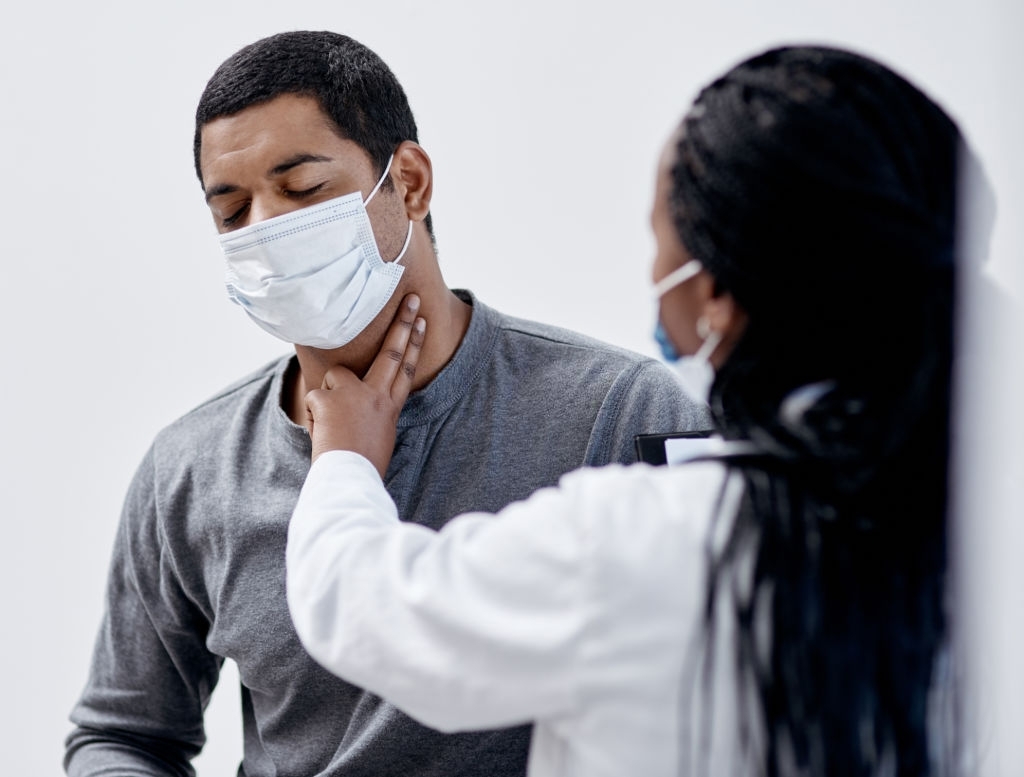Carotid Disease
What is Carotid Artery Disease?

Carotid Artery Disease is a disease during which a plaque (waxy substance) builds up inside the carotid arteries, which are placed on each side of the neck. Plaques are clumps of cholesterol, calcium, fibrous tissue and other cellular particles that gather at microscopic injury sites within the artery, in a process called atherosclerosis.
Over time, plaque hardens and narrows the arteries, which may limit the flow of oxygen-rich blood to your organs and other parts of your body.
Each of the carotid arteries divides into internal and external carotid arteries, which have different functions.
The internal carotid arteries supply oxygen-rich blood to your brain while external carotid arteries supply oxygen-rich blood to your neck, scalp and face.

